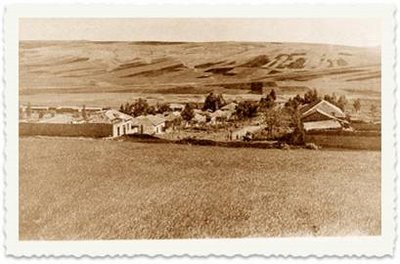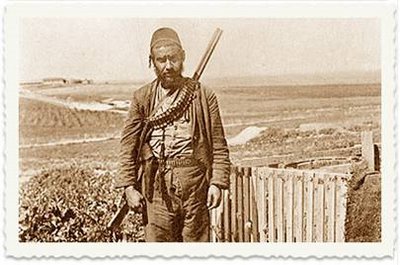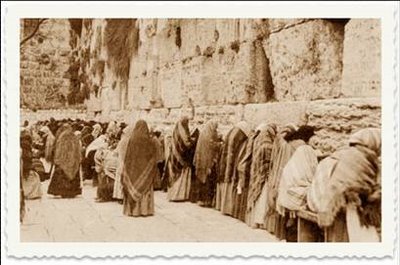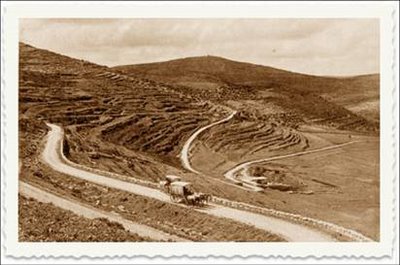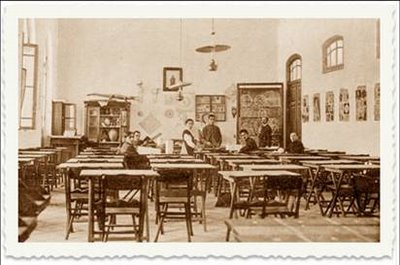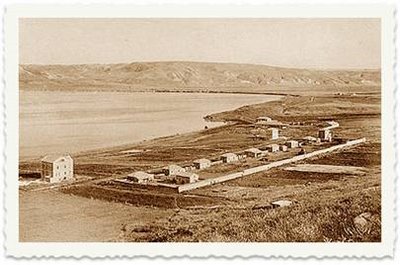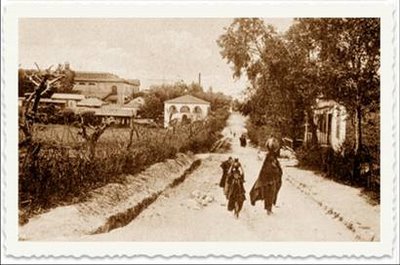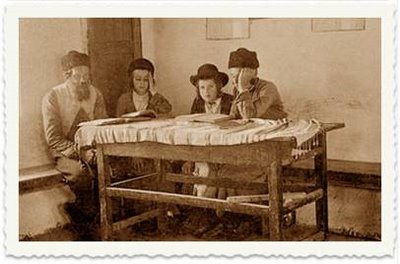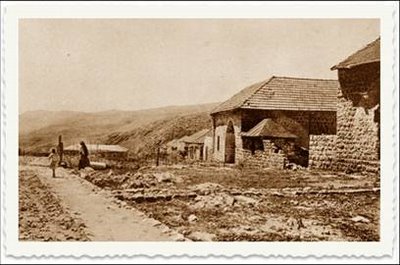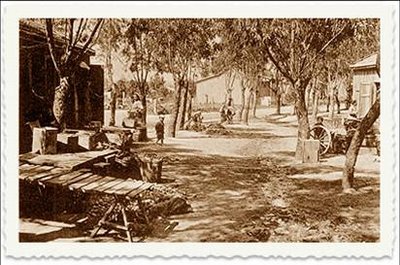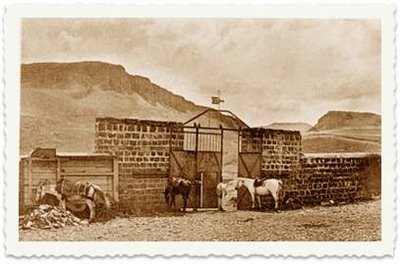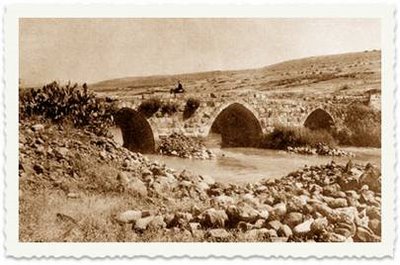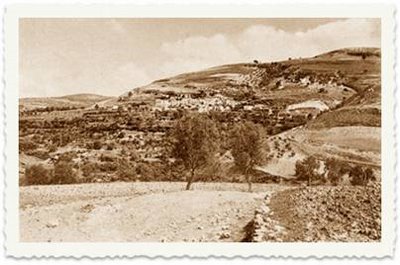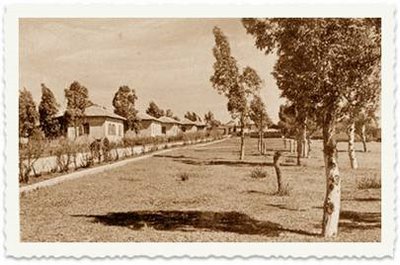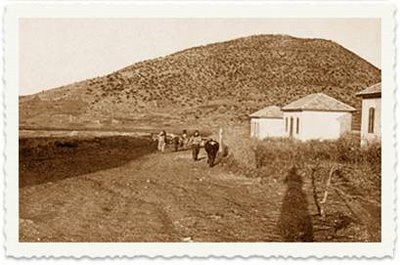Nadav Man, Bitmuna
Tel Aviv beach is full of swimmers, there is no parking in Allenby Street ... ; and yet, something has changed since then. Traveling back in time through the photographs of a British army officer.
Last peek to an old photo album that was found 20 years ago at a collectors’ market in England. The pictures were taken by a British intelligence officer on his way to Israel and during his service here in a camel-riding unit of the British army. The ... collection is presented here, including the captions which adorned the original photos.

Dizengoff Square, Tel Aviv

Herbert Samuel Square, Tel Aviv
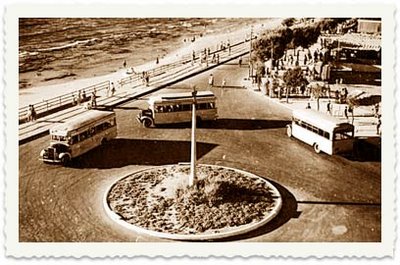
Tel Aviv Central Bus Station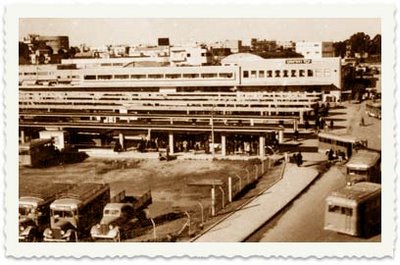
Tel Aviv Main Synagogue Tel Aviv Opera House
Tel Aviv Opera House Tel Aviv beaches
Tel Aviv beaches Tel Aviv, Habima
Tel Aviv, Habima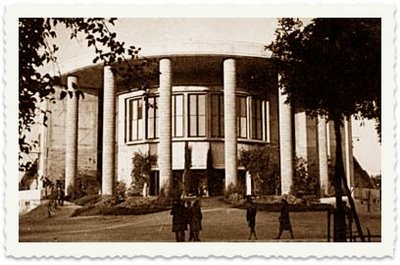 The Kibbutz
The Kibbutz
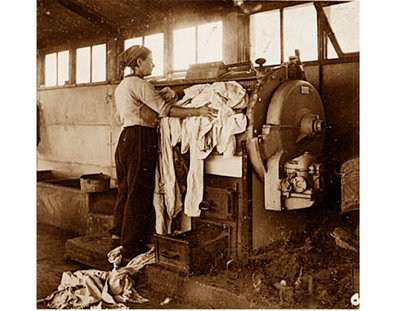


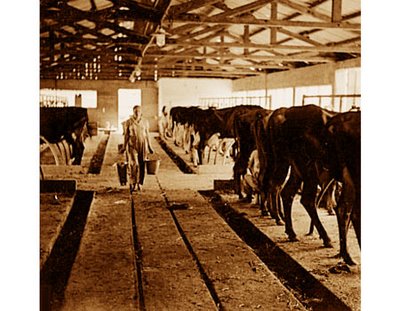
Part II
An Arab coffee house on Tiberias shore, an open-air cinema in Hadera, King’s Road in Haifa – things looked fun here before we were born. Traveling back in time through the photographs of a British army officer .
Ynet’s “Time Machine” series reminded collector Shraga Katz of an old photo album in his possession, given to him 20 years ago at a collectors’ market in England, which binds together dozens of photos of Israeli and regional landscapes.
The pictures were taken by a British intelligence officer on his way to Israel and during his service here in a camel-riding unit of the British army.
Arab cafe on Tiberias shore

Tiberias, 1946
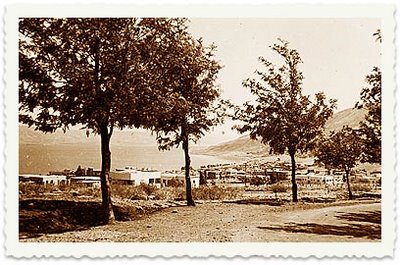
Tiberias

Hadera Street
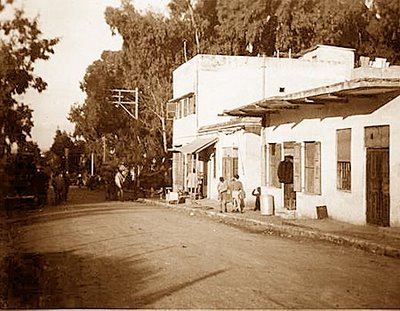
By Hadera water tower
Hadera bus station Hadera cinema
Hadera cinema
Hadera, Galilee Street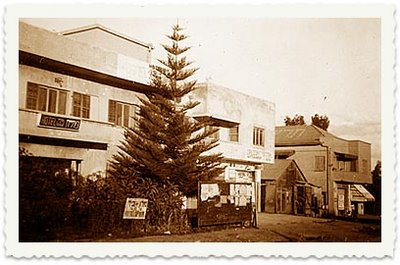 Zohar, Hadera open-air cinema
Zohar, Hadera open-air cinema
Haifa, Kings Road
Palestine Police, Haifa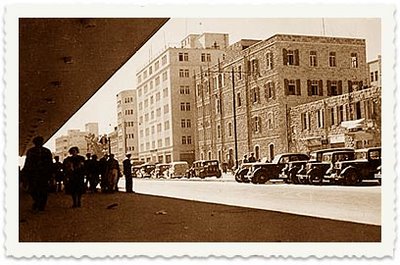
View from the Carmel the Technion, 1945 (Haifa)
the Technion, 1945 (Haifa) This is Haifa today (and here, with more on the war)
This is Haifa today (and here, with more on the war)
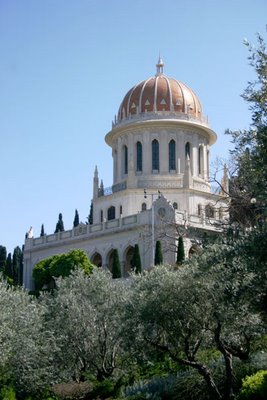
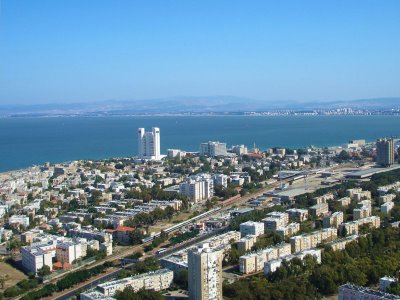
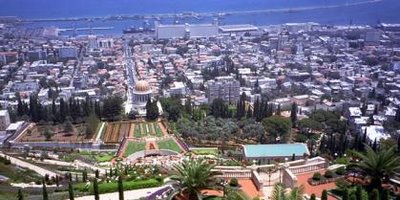

And this was Mount Carmel in 1894:
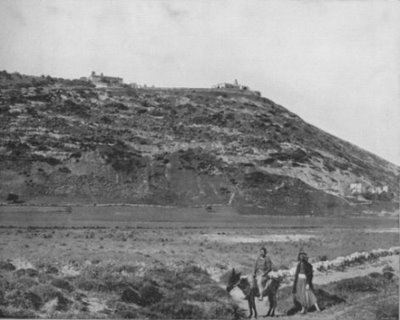
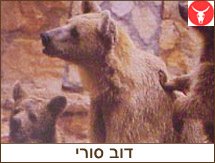 These are brown Syrian bears housed at the Haifa Zoo. All the animals at the zoo had a terrible time during the 34-day conflict: they were confined indoors, with nothing to do. The heat was unbearable, the quarters packed. The keepers went to great lengths to entertain the bored and frightened animals - they turned all the fans on, offered the animals frozen treats, talked to them, brought them toys. But what can one really do for a tearful-looking roaring lion? Or for the monkeys who shivered with fear, huddling together for comfort close to the walls of their small dwelling? Where did the elephants go? And the giraffes, the rhino and the hippos? But these bears would have none of it. They kept pounding the doors with their paws and banging their heads against the locked door. Their keeper had no choice but to let them out - they wanted to paddle about in their pond. And they were smart, those bears. As soon as the sirens started wailing, they would rush back to the safety of their cell and wait patiently for the "all clear". Then they would go out again. Luckily, no rockets hit the Haifa zoo. No inmate sustained injuries. Nor did their keepers.
These are brown Syrian bears housed at the Haifa Zoo. All the animals at the zoo had a terrible time during the 34-day conflict: they were confined indoors, with nothing to do. The heat was unbearable, the quarters packed. The keepers went to great lengths to entertain the bored and frightened animals - they turned all the fans on, offered the animals frozen treats, talked to them, brought them toys. But what can one really do for a tearful-looking roaring lion? Or for the monkeys who shivered with fear, huddling together for comfort close to the walls of their small dwelling? Where did the elephants go? And the giraffes, the rhino and the hippos? But these bears would have none of it. They kept pounding the doors with their paws and banging their heads against the locked door. Their keeper had no choice but to let them out - they wanted to paddle about in their pond. And they were smart, those bears. As soon as the sirens started wailing, they would rush back to the safety of their cell and wait patiently for the "all clear". Then they would go out again. Luckily, no rockets hit the Haifa zoo. No inmate sustained injuries. Nor did their keepers.
